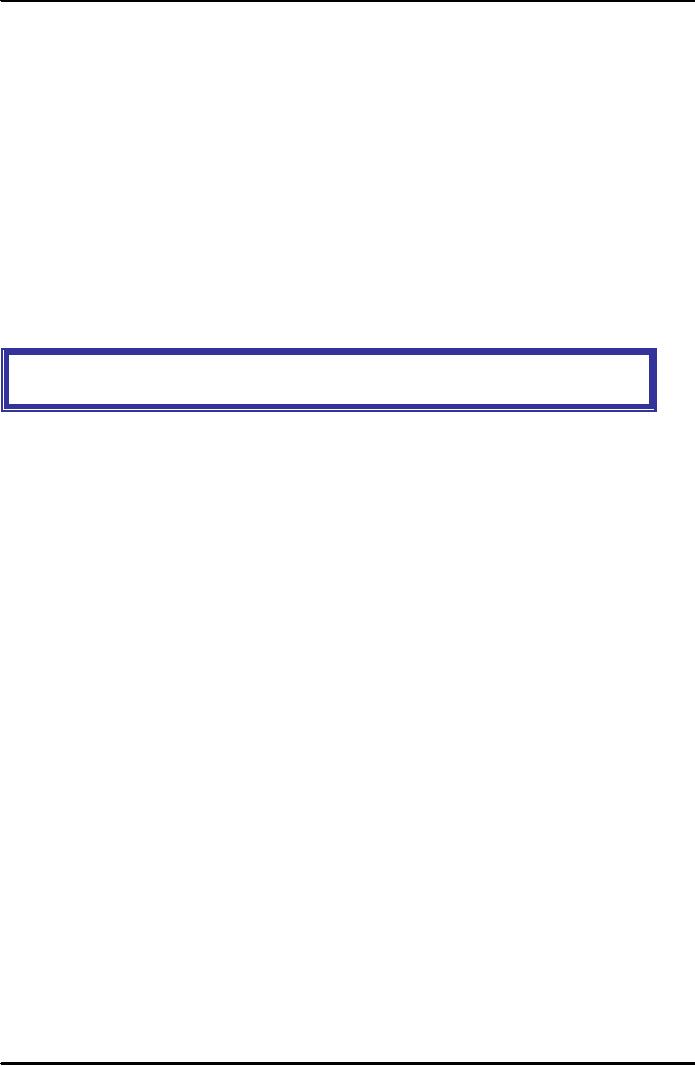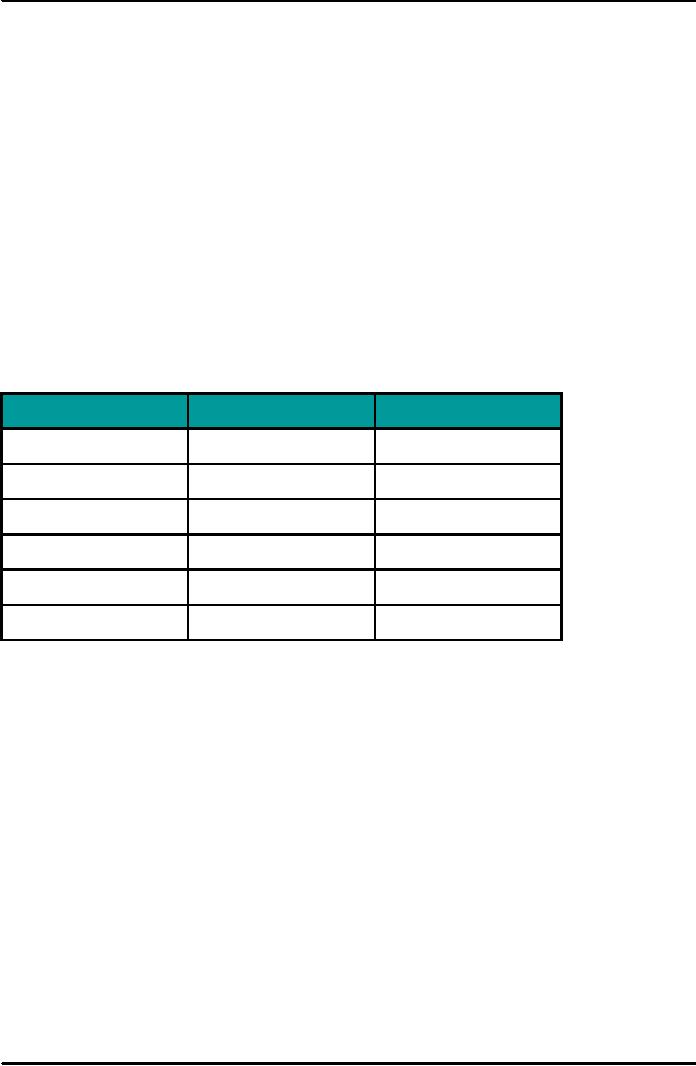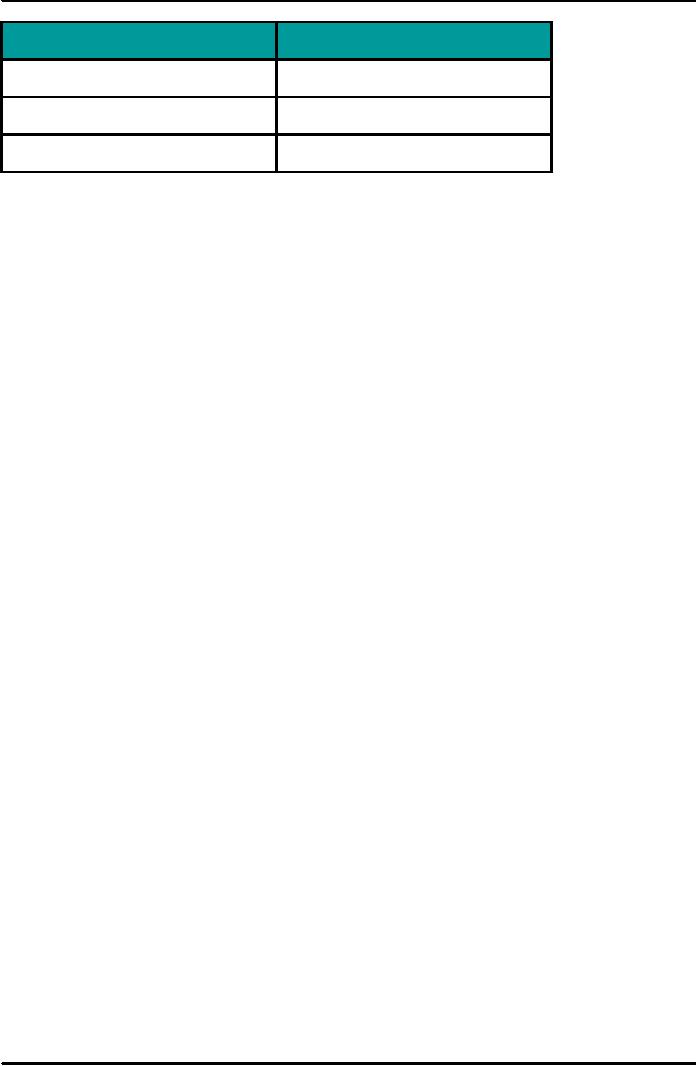 |
Composing the Messages:THE APPEARANCE AND DESIGN OF BUSINESS MESSAGES |
| << PROCESS OF PREPARING EFFECTIVE BUSINESS MESSAGES |
| THE APPEARANCE AND DESIGN OF BUSINESS MESSAGES:Punctuation Styles >> |

VU
Lesson
16
Composing
the Messages
You
have gone through the
planning steps. You are
ready to compose. Composing is the
process of
drafting
your message. Your first
draft is a bit difficult to
write. But at least you
have brought the most
important
information on paper. If you
have time, look for
opportunities to improve your
ideas. When you
feel
confident that you can
achieve your propose, begin to
write.
While
composing the message, no two people do
it the same way. Some people
follow the outline and
move
from
one point to other. Other go
in a more circular style,
putting their ideas down in
less fixed
organization.
The best equipment available
nowadays is a computer which allows
you o make changes.
Style
is the way you use words to
achieve a certain overall
impression. The right choice
depends on the
nature
of your message and your
relationship with the reader.
Revising
your Message
If
possible, let your writing
"Cool off" for a while
before you begin to evaluate and
revise. In this process
you
add necessary information
and remove unnecessary one.
You also look at the organizational
approach.
You
also check all seven Cs in
it.
Besides,
ask the following questions to
yourself:
1.
Does your message accomplish
its purpose?
2.
Have you chosen the most
effective organizational plan?
3.
Are your points supported by
adequate material?
4.
Is your language complete,
concise, considerate, concrete,
clear, courteous, and
correct?
5.
Have you used variety in
sentence structure?
Editing
& Proofreading you
Messages
Editing
means revising your message
that is still in rough
draft. It not only involves
correcting spelling,
grammar,
punctuation and similar
errors but also means
much more. Editing requires
looking at a written
message
critically to see if revising the content will improve
it. Proofreading means checking the
final copy
to
make sure it is free from
errors.
Editing
your message also means
checking all paragraphs for
good topic sentences and
sound structure,
grammar,
spelling, and punctuation.
Sometimes you will proofread
your document several times to be
sure
that
you have not missed
any errors. Even minor
mistakes, such as typographical errors,
can reduce the
effectiveness
of your message and undermine
your credibility.
Those,
writing in a second language
can take one more
step in proofreading material.
Read your written
material
aloud. Most people who speak a
second language are more
competent in oral communication in
their
second language than in
written.
If
you identify weaknesses in
these areas and correct
them, you will be making the
finishing touches
that
ensure
that your written communication
will be as close to perfect as
possible.
THE
APPEARANCE AND DESIGN OF BUSINESS
MESSAGES
The
electronic revolution is changing the way
we communicate, and these
changes include formats and
conventions
of written communication.
47

VU
In
the more traditional forms of written
communication, your receiver will
form an impression of
you
based
on the overall appearance and
format of the message. The
medium used most often
for written
messages
to person outside your organization is
business letters.
Elements
of appearance that help
produce favourable reactions are
appropriate stationery and correct
letter
parts and layouts.
Business
Messages
Stationery
& Envelopes
A
good company uses a paper
which is most often at least
25 percent cotton content. Its
quality is usually
20-pound
weight. The standard size is 8� by 11
inches. Some legal firms use
8� by 14 inches. The
colour
should
be white, cream, or light
gray.
Letterhead
A
letterhead is a printed paper
with the name and address of
a person or organization. Modern
letterheads
usually occupy no more than
2 inches at the top of the page.
Letterhead information should
include
the name, address, telephone number,
etc. Sometimes nature of
business and name of
department
are
also included.
Azad
69
Garden Road Mall Karachi,
74000 Ph 111111
Envelops
Return
addresses of the senders, often
printed like the letterhead
or, if necessary, typewritten, should
be
in
the upper left corner of the envelope.
Address should always be typed in block
form; with all
lines
aligned.
Information in the address should be
listed in the following order:
1.
Name & title of receiver
2.
Name of department
3.
Name of Organization
4.
Name of building (if relevant)
5.
Street address & Flat number or post
box number.
6.
City, state & zip code
or postal code.
7.
Country (if outside the
country)
Standard
Parts of the
Letter
Most
business letters have the
following parts:
1.
Heading
2.
Date
3.
Inside
address
4.
Salutation
5.
Body
6.
Complimentary
close
7.
Signature
8.
Reference Section
Standard
Parts of the
Letter
1.
Heading
A
heading shows where the
letter comes from. If
letterhead stationery is not used, the
address, not your
name,
is typed above the date 2 inches
from the top.
2.
Date
48

VU
Usually
the date is typewritten two to
six lines below the last
line of the letterhead. Date sequence
preferred
in
America is month, day, year -
March 6, 1998 - with the
month spelled out. Others prefer
day, month, and
year
6 March, 1998. Date in figures -
3/5/98- should be avoided as it can
create confusion.
3.
Inside Address
The
inside address should begin with the
addressee's name preceded by a
courtesy and/or professional
title.
It
is written two spaces below
the date on the left hand margin.
The order of items is
(1)
Courtesy
title,
(2)
Name,
and,
(3)
Executive or
professional title, if
any.
All
parts are typed
single-spaced.
Mr.
Ahmed Hassan, Principal,
Government
College,
Lahore
4.
Salutation
Salutations
are typed below the inside
address and two spaces
above the body of the letter. It is
an
expression
of courtesy to put your
reader in a friendly frame of
mind.
For
Men;
For
Women;
Most
Formal:
Sir,
Madam,
Formal:
My
dear sir,
My
dear Madam,
Less
Formal:
Dear
sir,
Dear
Madam,
My
dear Mr. Khan,
My
dear Mrs. Khan,
Friendly:
My
dear Haleem,
My
dear Mah Noor,
Dear
Naeem,
Dear
Sara,
A
comma or colon should be used after the
salutation. Gentlemen should be used in writing to a
company,
organization
or any group of men and
women. "Mesdames' `or' Ladies' should be
used when writing to
an
organization
made up entirely of
women.
5.
Body
Most
letters are typed single-spaced,
with two spaces between
paragraphs, before and after the
salutation
and
before the complimentary close. A short letter
could be double-spaced with
additional blank line
spaces
before
and after the date and
within the signature area.
When second page is used,
addressee's name,
page
number,
and date is written at the
top.
6.
Complimentary Close
Body
If
the letter begins with a
formal salutation (Sir, Dear Sir) it
will close with "Yours
faithfully".
If
it begins with a personal
name Dear Mr. Khan, it will
close with "Yours
sincerely". Yours truly
or
cordially
are also used.
Informal
closes as Warm regards, Best
regards/wishes are also
used. A comma is used after
complimentary
close.
It
is related to the salutation, so the same
degree of formality should be used in
it. e.g.,
49

VU
Salutation
Complimentary
Close
Dear
sir,
Yours
sincerely,
Dear
Madame,
Yours
sincerely,
Sir,
Yours
respectfully,
It
is written two spaces below
the last line of the body. In
full block format, it is
written on the left hand
side
of the page.
7.
Signature
Always
type your name after the handwritten
signature and the position in the
firm. It is better to give
courteous
title (Mr, Miss, etc.) to
avoid confusion. A letter should always
be signed in INK.
Very
truly yours,
Ahmed
Hassan
(Mr)
Ahmed Hassan
General
Manager.
Four
spaces should be given between the complimentary
close and name.
8.
Reference
Section
The
reference section may include
information about the message composer,
the typist, and sometimes
word
processing data. Only
initials are used. They
are typed two spaces below
the name and positions of the
person
signing the letter.
AS
/ mb
It
means Ahmed Shibly composed the
message and Mahmood Bilal
typed the letter.
Optional
Parts of the
Letter
When
appropriate, any of these optional
parts can be included:
1.
Attention
line
2.
Subject
Line
3.
Enclosure(s)
4.
Copy
Notation
5.
File
or Account number and mailing
notation
6.
Postscript
1.
Attention line
To
send a letter direct to a person or
department, attention line is used
especially when we don't know
a
particular
person or know only the
person's surname. Attention
line is written between the
inside address
and
salutation two spaces below
and above
respectively.
2.
Subject Line
It
helps the reader to know at a
glance what the letter is about. The
subject line may include or
omit the
word
subject. It is placed below the
salutations. It may be started
from left hand margin or indented.
The
typing
may be capitals or lowercase
and underlined or all
capitals. For
example;
50

VU
Sub:
Monthly Report
3.
Enclosure(s)
An
enclosure or attachment notation is
included to remind the reader to check
for additional pages
of
information.
The enclosure is typed single or
double space below the
reference initials.
4.
Copy Notation
When
persons other than the
addressee will receive a
copy of the message, it is noted by
writing `C', `PC',
`Copy'
or `CC' followed by the names of
these persons just below the
reference initials or the
enclosure
notation.
5.
File or Account number and
mailing notation
File
or account number and Mailing
Notation to aid in filing
that file, loan, or account number be
typed
above
the body of the letter.
6.
Postscript
Sometimes
an extra message is added at the
end of a letter. It may be
something important or
some
personal
comment. Write Ps or Ps and
leave two spaces before the
first word of the
postscript.
The
following are accepted
postscript styles:
m/s
Enclosure
Ps.
Mail the card today!
51
Table of Contents:
- COMMUNICATION:Definition of Communication, Communication & Global Market
- FLOW OF COMMUNICATION:Internal Communication, External Communication
- THEORIES OF COMMUNICATION:Electronic Theory, Rhetorical Theory
- THE PROCESS OF COMMUNICATION & MISCOMMUNICATION:Message
- BARRIERS IN EFFECTIVE COMMUNICATION /COMMUNICATION FALLOFF
- NON- VERBAL COMMUNICATION:Analysing Nonverbal Communication
- NON- VERBAL COMMUNICATION:Environmental Factors
- TRAITS OF GOOD COMMUNICATORS:Careful Creation of the Message
- PRINCIPLES OF BUSINESS COMMUNICATION:Clarity
- CORRECTNESS:Conciseness, Conciseness Checklist, Correct words
- CONSIDERATION:Completeness
- INTERCULTURAL COMMUNICATION
- INTERCULTURAL COMMUNICATION:Education, Law and Regulations, Economics
- INDIVIDUAL CULTURAL VARIABLES:Acceptable Dress, Manners
- PROCESS OF PREPARING EFFECTIVE BUSINESS MESSAGES
- Composing the Messages:THE APPEARANCE AND DESIGN OF BUSINESS MESSAGES
- THE APPEARANCE AND DESIGN OF BUSINESS MESSAGES:Punctuation Styles
- COMMUNICATING THROUGH TECHNOLOGY:Email Etiquette, Electronic Media
- BASIC ORGANIZATIONAL PLANS:Writing Goodwill Letters
- LETTER WRITING:Direct Requests, Inquiries and General Requests
- LETTER WRITING:Replies to Inquiries, Model Letters
- LETTER WRITING:Placing Orders, Give the Information in a Clear Format
- LETTER WRITING:Claim and Adjustment Requests, Warm, Courteous Close
- LETTER WRITING:When The Buyer Is At Fault, Writing Credit Letters
- LETTER WRITING:Collection Letters, Collection Letter Series
- LETTER WRITING:Sales Letters, Know your Buyer, Prepare a List of Buyers
- MEMORANDUM & CIRCULAR:Purpose of Memo, Tone of Memorandums
- MINUTES OF THE MEETING:Committee Members’ Roles, Producing the Minutes
- BUSINESS REPORTS:A Model Report, Definition, Purpose of report
- BUSINESS REPORTS:Main Features of the Report, INTRODUCTION
- BUSINESS REPORTS:Prefatory Parts, Place of Title Page Items
- MARKET REPORTS:Classification of Markets, Wholesale Market
- JOB SEARCH AND EMPLOYMENT:Planning Your Career
- RESUME WRITING:The Chronological Resume, The Combination Resume
- RESUME & APPLICATION LETTER:Personal Details, Two Types of Job Letters
- JOB INQUIRY LETTER AND INTERVIEW:Understanding the Interview Process
- PROCESS OF PREPARING THE INTERVIEW:Planning for a Successful Interview
- ORAL PRESENTATION:Planning Oral Presentation, To Motivate
- ORAL PRESENTATION:Overcoming anxiety, Body Language
- LANGUAGE PRACTICE AND NEGOTIATION SKILLS:Psychological barriers
- NEGOTIATION AND LISTENING:Gather information that helps you
- THESIS WRITING AND PRESENTATION:Write down your ideas
- THESIS WRITING AND PRESENTATION:Sections of a Thesis (Format)
- RESEARCH METHODOLOGY:Studies Primarily Qualitative in Nature
- RESEARCH METHODOLOGY:Basic Rules, Basic Form, Basic Format for Books